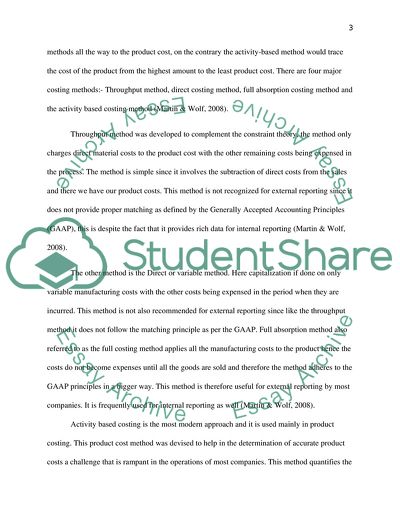Cite this document
(Financial and Management Accounting indivi Essay - 2, n.d.)
Financial and Management Accounting indivi Essay - 2. https://studentshare.org/finance-accounting/1774408-financial-and-management-accounting-indivi
Financial and Management Accounting indivi Essay - 2. https://studentshare.org/finance-accounting/1774408-financial-and-management-accounting-indivi
(Financial and Management Accounting Indivi Essay - 2)
Financial and Management Accounting Indivi Essay - 2. https://studentshare.org/finance-accounting/1774408-financial-and-management-accounting-indivi.
Financial and Management Accounting Indivi Essay - 2. https://studentshare.org/finance-accounting/1774408-financial-and-management-accounting-indivi.
“Financial and Management Accounting Indivi Essay - 2”. https://studentshare.org/finance-accounting/1774408-financial-and-management-accounting-indivi.


